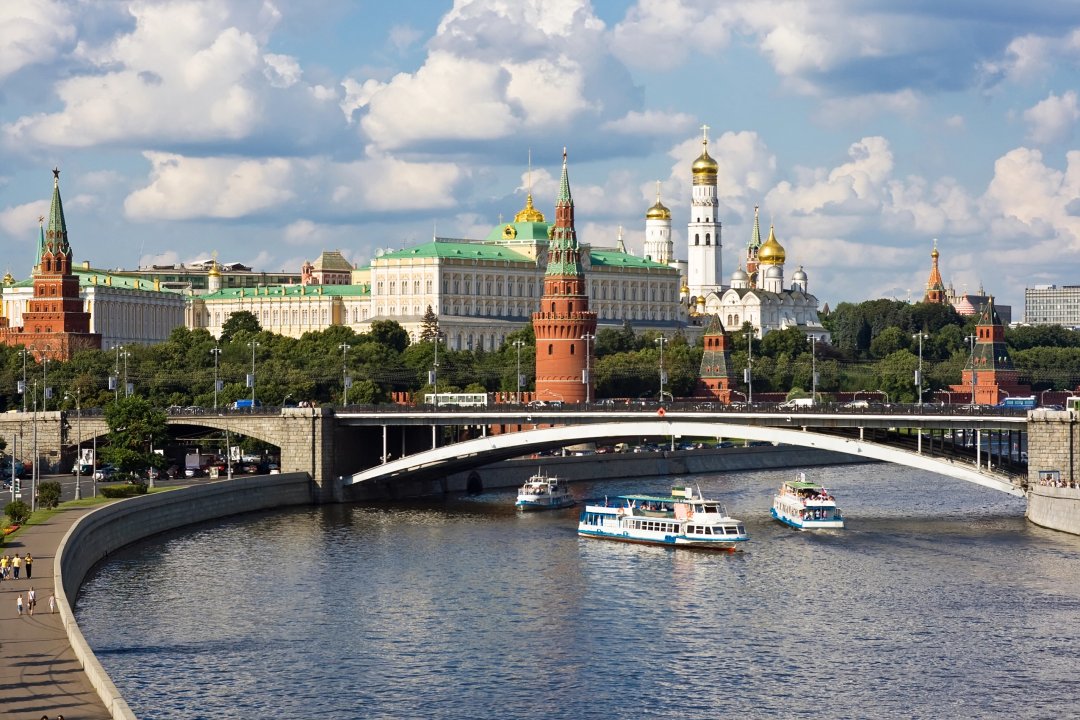MOSCOW IN A NUTSHELL
Population 13,010,000
Urban aggl. 17,878,000
Area 2,561 Km²
Altitude 118-255 m
Urban aggl. 17,878,000
Area 2,561 Km²
Altitude 118-255 m

Moscow is the capital and most populous city of Russia, with over 13 million residents in the city proper and nearly 18 million in the metropolitan area, making it the second most populated city in Europe after Istanbul, which, however, is partly located in Asia. Considering the entire urban agglomeration, Moscow has over three million inhabitants more than the Turkish city.
Located in the European part of Russia and crossed by the Moskva River, a tributary of the Oka, it plays a central role in the country’s politics, economy, and culture.
Despite being at the same latitude as Copenhagen, Moscow (Moskva in Russian) has a colder climate due to its location in the heart of the European Russian plain, more than a thousand kilometers from the northern shores of the Black Sea. In winter, minimum temperatures are around -10°C, with maximums also a few degrees below zero.
The first historical reference to Moscow dates back to 1147, when it was still a small village. A few years later, a fortification was built in what is now the Kremlin, and with the establishment of the Grand Duchy of Moscow in 1283, the city began to grow steadily and play an increasingly important role in Eastern Europe.
The city boasts a vast architectural heritage, thanks to several world-renowned buildings such as Saint Basil's Cathedral, the huge Red Square, 700 meters long, and the Cathedral of Christ the Saviour, to name just a few; Moscow covers a total area of 2,561 km².
The city's elevation ranges from 118 to 255 meters above sea level. To admire it from above, you can go to Sparrow Hills, climb one of the historic buildings, or better yet, visit the observation platform of the Ostankino TV Tower, 340 meters high, located in northern Moscow.
The transportation system is extremely well developed, with four main airports (not including those in neighboring cities), nine railway stations connecting Moscow with all parts of Russia, and one of the most extensive and busiest metro systems in the world. The metro spans 456 kilometers across 17 lines, with several stations considered cultural heritage sites.

